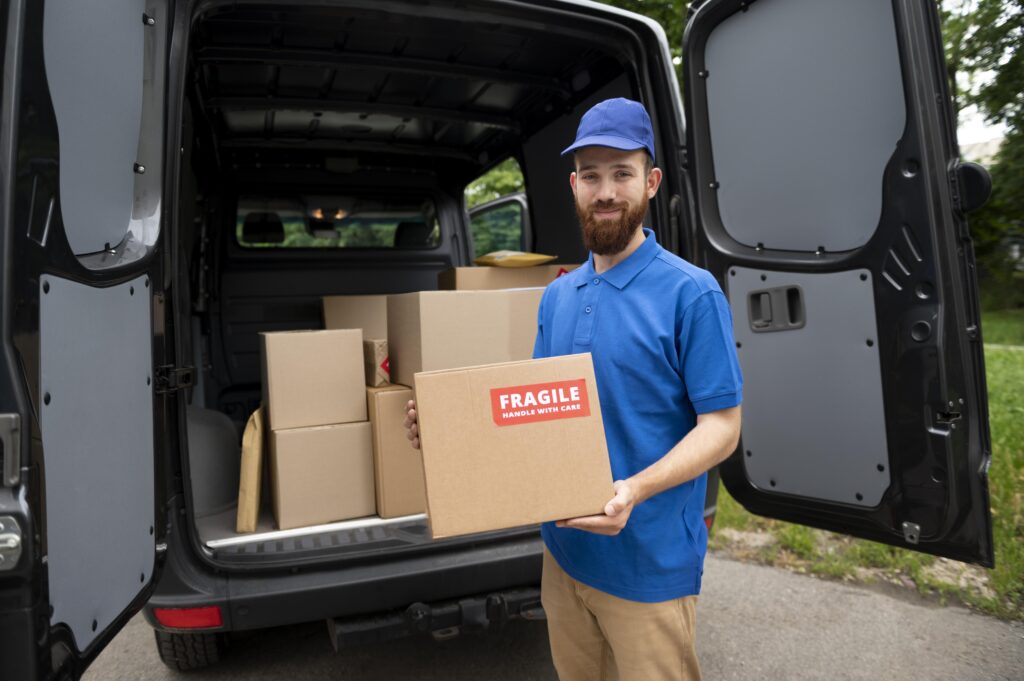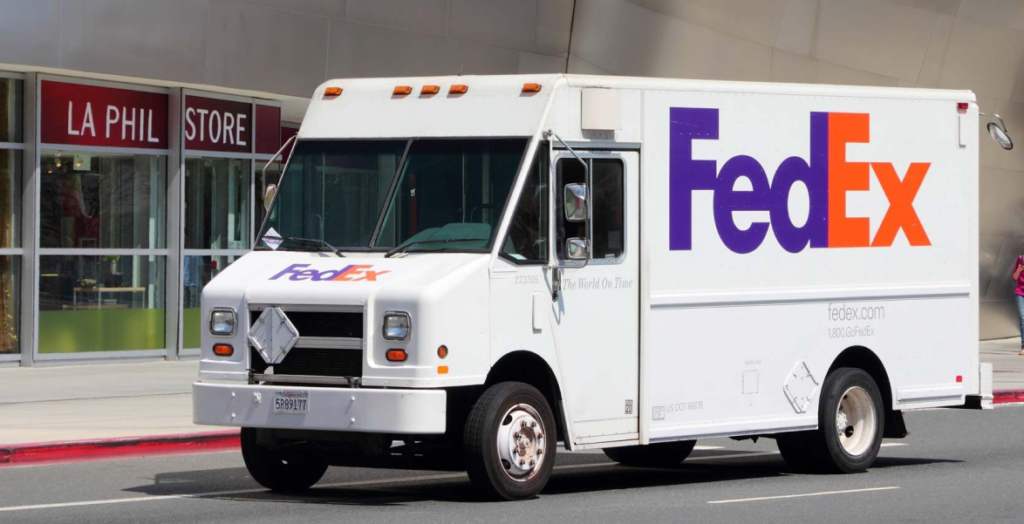In the fast-paced evolution of the food delivery industry, understanding historical trends is essential to navigate the present and shape the future. This thought leadership article delves into the challenges echoing through time, explores transformative strategies, and aligns them with historical trends that have shaped the gastronomic frontiers we traverse today. Moreover, we’ll address current statistical realities and core pain points, shedding light on the industry’s dynamic nature.
Conquering the Last Mile: A Logistical Odyssey Through Time
Historically, the last mile has been the Achilles’ heel of delivery services. From the days of horse-drawn carriages to the advent of motorized vehicles, the challenge of optimizing this final stretch has persisted. In the modern era, data-driven approaches and technologies like GPS tracking and machine learning algorithms have become the compass, guiding companies through the logistical odyssey of the last mile. According to industry reports, as of 2022, last-mile delivery costs constitute approximately 53% of the total delivery expenses, emphasizing the critical importance of finding efficient solutions.
Customer Acquisition: Loyalty in the Era of Consumer Evolution
The historical trajectory of consumer evolution has influenced the challenges of customer acquisition. In the early days, word of mouth was the primary driver of customer growth. Fast forward to the digital age, and the landscape has transformed into a crowded arena where social media and online reviews wield considerable influence. Successful businesses have adapted to these historical shifts by embracing technology, fostering a sense of community through social platforms, and utilizing data analytics to tailor personalized experiences that resonate with the evolving consumer. Industry studies indicate that the cost of acquiring a new customer in the food delivery sector can be up to five times the cost of retaining an existing one, emphasizing the strategic importance of customer retention.
Navigating Regulatory Waters: A Historical Tapestry
The history of the food delivery industry is woven into the fabric of regulatory changes. From the first food safety regulations to the emergence of digital platforms, businesses have grappled with a diverse regulatory landscape. Historical trends reveal a cycle of adaptation, where businesses not only comply with regulations but actively engage with policymakers to shape the rules. As we navigate through today’s challenges, historical insights underscore the importance of proactive collaboration with regulatory bodies to influence positive change. A survey of industry leaders shows that 76% consider regulatory compliance as one of the top challenges they face, emphasizing the need for a proactive and collaborative approach.
Quality Assurance: From Hearth to Doorstep

Quality assurance has been a cornerstone of the food industry since time immemorial. In historical contexts, the challenge was ensuring the integrity of food from the hearth to the table. In the modern era, the doorstep has become an extension of this journey. Historical trends have seen innovations such as canning and refrigeration transform food preservation. Today, businesses continue this legacy by leveraging technology – from advanced packaging solutions to real-time monitoring – to uphold the historical commitment to delivering quality from kitchen to doorstep. Studies indicate that over 60% of consumers prioritize food safety when ordering online, highlighting the significance of maintaining high-quality standards throughout the delivery process.
Tech Evolution: A Historical Dance with Innovation and Security
The historical dance between innovation and security has been a defining feature of technological evolution. From the first telegraph to the age of smartphones, each leap in technology has brought both opportunities and challenges. As the food delivery industry embraces the digital age, historical trends underscore the need for businesses to balance innovation with cybersecurity measures. Learning from the past, companies can fortify their digital ramparts, ensuring that every technological stride is a step towards progress rather than vulnerability. Recent data breaches in the industry highlight the urgency, with cyber attacks on food delivery platforms increasing by 65% in the past year, emphasizing the critical need for robust cybersecurity measures.
Addressing Core Pain Points:
Generating More Orders: The Quest for Market Expansion
A significant pain point for food delivery companies is the constant pursuit of generating more orders. According to industry data, platforms report an average of 160 million monthly orders, highlighting the immense scale of operations. To overcome this challenge, companies are diversifying their services, entering new markets, and innovating their marketing strategies. For instance, partnerships with popular events or local businesses can significantly boost order volumes, providing a robust solution to this persistent challenge.
Driver Consistency: Navigating the Human Element
Driver consistency remains a persistent challenge in the food delivery ecosystem. Statistics reveal a turnover rate of approximately 60% among delivery drivers. To address this, companies are implementing driver incentive programs, leveraging data analytics to optimize driver routes and schedules, and investing in training programs. By prioritizing the well-being and job satisfaction of their drivers, companies can mitigate the challenges associated with maintaining a consistent and reliable driver fleet.
Dispatching Software: Orchestrating Seamless Operations
Efficient dispatching is pivotal for successful food delivery operations. Industry data indicates that companies utilizing advanced dispatching software report a 15% increase in delivery efficiency. Recognizing this, businesses are investing in cutting-edge dispatching technologies, such as AI-driven route optimization and real-time tracking systems. These innovations not only streamline operations but also contribute to overall customer satisfaction by ensuring timely and accurate deliveries.
Attracting More Restaurants and Drivers: Building a Collaborative Ecosystem
Expanding the network of partner restaurants and attracting a diverse pool of drivers is crucial for the growth of food delivery platforms. Statistics show that the number of partner restaurants directly correlates with customer retention rates. To address this, companies are offering competitive commission rates, providing marketing support to partner restaurants, and implementing driver-friendly policies to attract and retain a diverse and reliable driver pool. Building a collaborative ecosystem is essential for sustaining growth and meeting the ever-growing demand for diverse culinary options.
Conclusion
In charting the gastronomic frontiers, historical trends, statistical realities, and core pain points serve as guiding stars, illuminating the path forward. Challenges in the food delivery industry, viewed through the lens of historical evolution and supported by current statistical insights, become not just hurdles but opportunities for innovation and growth. Pioneering solutions that harmonize with historical wisdom, respond to real-time industry dynamics, and address core pain points shape a future where the last mile is not just a logistical challenge, but a journey steeped in the rich tapestry of culinary history, ensuring that every delivery is a testament to the enduring commitment to quality and excellence.
Authors

Manoj Sairaman
Senior Operations Manager
MetroMax Group














